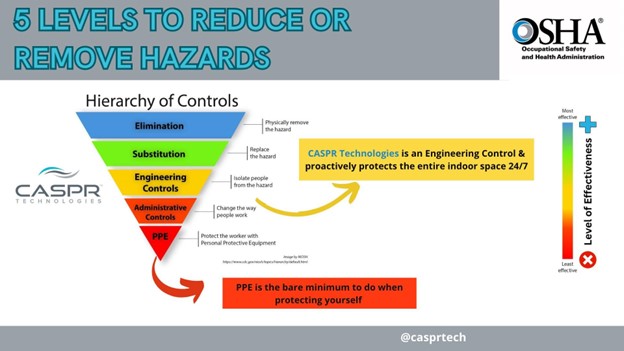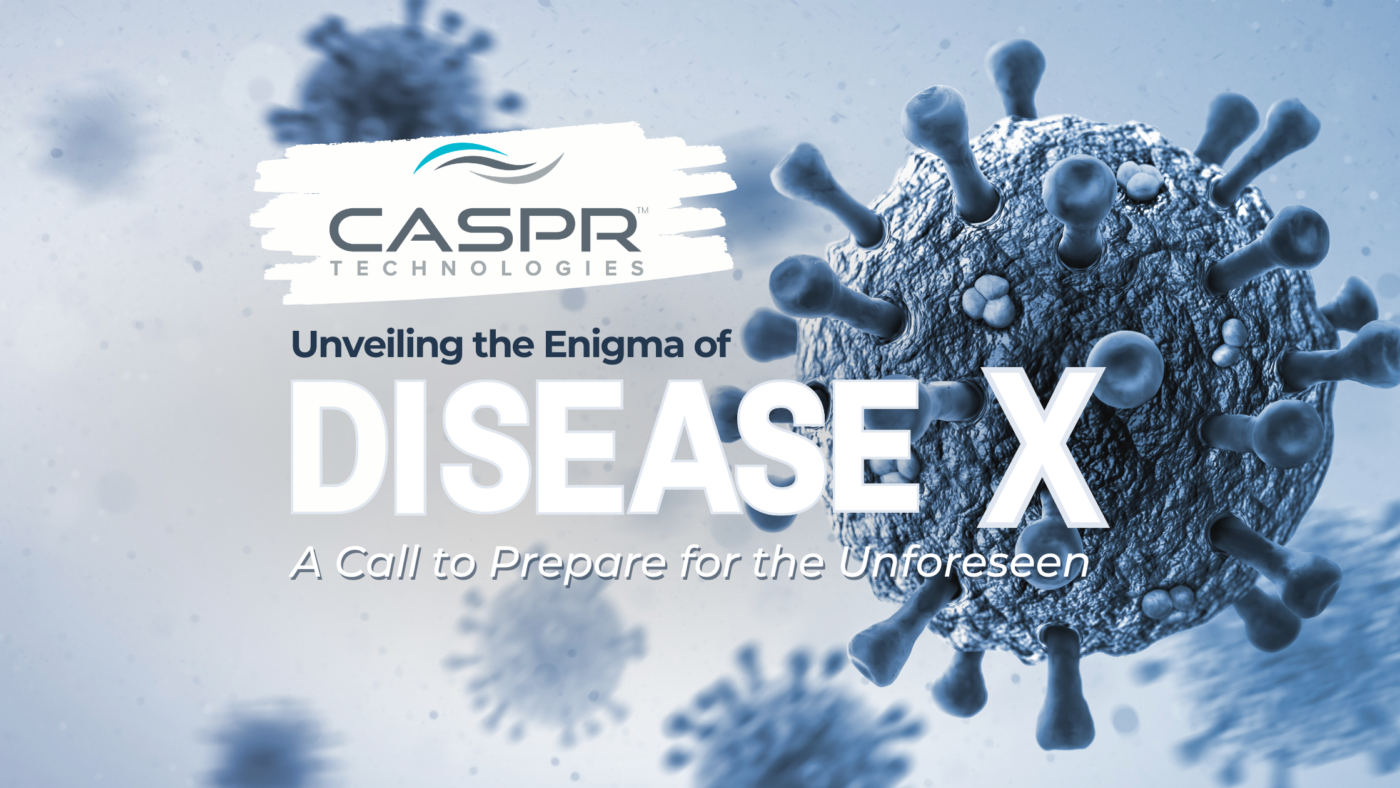In the network of global health security, amidst the echoes of past pandemics and the persistent specter of new threats, one enigmatic term looms large: Disease X. While not a specific ailment itself, Disease X represents a hypothetical scenario – a forerunner of unknown infectious agents that could unleash havoc on humanity. As we navigate the complexities of pandemic preparedness, understanding the significance of Disease X becomes paramount, urging us to confront the uncertainties of tomorrow with resilience and foresight.
The Nature of Disease X: Unraveling the Unknown
At its core, Disease X embodies uncertainty. It symbolizes the potential emergence of novel pathogens – viruses or bacteria previously unknown to science – capable of sparking widespread outbreaks or even pandemics. Unlike familiar foes such as influenza or Ebola, Disease X eludes categorization, residing in the realm of possibility rather than probability. It serves as a reminder of the ever-present threat posed by zoonotic diseases, those transmitted from animals to humans, lurking in the shadows of biodiversity.
Moreover, around 70 to 90 percent of emerging infectious diseases – such as COVID-19 – originate from animals, reinforcing the imminent threat of potential pandemics like Pandemic X. This is not a distant concern but an impending possibility. Throughout recorded history, infectious diseases have been documented in Ancient Greek & Roman writings, the Bible, and various literary works, emphasizing their enduring presence and the need for proactive measures to address them. As we confront the looming shadow of Pandemic X, it becomes increasingly clear that the lessons of history must inform and guide our preparedness efforts in the present day.
The Action Needed: Collaboration for Preparedness
Pandemic preparedness requires a sectoral response – business, government, transportation, healthcare, and emergency response workers, along with the military, must work in concert with each other. Some examples of this involves establishing communication channels and exchanging crucial data, creating joint preparedness plans, conducting collaborative training sessions, integrating technology and infrastructure, fostering public-private partnerships, ensuring legal and regulatory alignment, and conducting after-action reviews to inform future planning. By working together proactively and strategically, these sectors can enhance resilience and mitigate the impact of future pandemics on society and public health.
Earlier this year, Tedros Adhanom Ghebreyesus, the director-general of World Health Organization (WHO), has called on countries to sign on the health organization’s pandemic treaty so the world can prepare for a placeholder virus called “Disease X.” The introduction of a global response by Ghebreyesus at the International Monetary Fund has sparked significant controversy, illuminating the imperative for a thorough examination of its ramifications. While some support the idea of international cooperation to combat health threats, others express concerns about sovereignty and resource distribution. This disagreement reinforces the need for a unified approach, stressing the necessity of examining the proposal’s complexities, including its impact on global health governance and pandemic preparedness. Ultimately, the controversy emphasizes the urgent call for collaborative solutions to address global health challenges, highlighting the intricate balance between public health, politics, and international relations.
Additionally, Incident Command Centers globally remain vigilant, poised to address new and emerging diseases in cities, states, and nations worldwide. They are monitoring developments and developing scenarios to address these challenges. Individuals and businesses can contribute to these efforts by making their own plans and determining the resources they have to offer. For instance, pharmacists can assist in vaccination efforts. However, shifting the focus from individual and business contributions to pandemic preparedness, it’s crucial to highlight a proactive solution that addresses the gravity of the situation. Most importantly, in response to new infectious diseases, having a solution that can effectively combat any pathogen becomes paramount.
This is where CASPR Technologies steps in. CASPR, which stands for Continuous Air & Surface Pathogen Reduction, recreates what naturally happens outdoors. CASPR is an innovative “no-touch” disinfection technology that utilizes a Natural Catalytic Converter (NCC) to create gaseous Hydrogen Peroxide out of your ambient air. Hydrogen Peroxide is nature’s natural disinfectant and CASPR recreates that same organic process indoors making it very effective against viruses, bacteria, mold, fungi, VOC’s and even odors. CASPR’s innovative technology offers a versatile and comprehensive approach to mitigating infectious diseases, making it a crucial asset for Incident Command Centers and various sectors worldwide in their preparedness efforts.

The Imperative of Preparedness: Lessons from the Past
In the wake of the COVID-19 pandemic, the importance of pandemic preparedness has assumed a newfound urgency. The devastating toll of COVID-19 serves as a stark reminder of the consequences of complacency and unpreparedness. “We lost many people [during COVID] because we couldn’t manage them,” Ghebreyesus said at the global conference. “They could have been saved, but there was no space. There was not enough oxygen. So how can you have a system that can expand when the need comes?” COVID-19 highlighted the inability of healthcare systems to cope with surges in demand during emergencies. Ultimately showcasing a necessity for strong surveillance systems, flexible response mechanisms, and resilient healthcare infrastructure capable of enduring unexpected pathogens.
Furthermore, anticipating potential events based on historical occurrences will help better prepare for them. Ghebreyesus advises, ”It’s better to anticipate something that may happen because it has happened in our history many times, and prepare for it. We should not face things unprepared; we can prepare for some unknown things, as well.” Being unprepared for eventualities is not advisable; instead, pandemic preparedness should extend to unforeseen circumstances as well. Essentially, the hypothetical scenario of Disease X compels us to learn from past pandemics, to heed the lessons of history, and to fortify our defenses against future threats.
Navigating Uncertainty: Strategies for Mitigation
While the prospect of Disease X may seem daunting, it is not without hope. By embracing a proactive approach to pandemic preparedness, we can mitigate the risks posed by unknown pathogens and safeguard global health security. “There are things that are unknown that may happen, and anything happening is a matter of when, not if, so we need to have a placeholder for that, for the diseases we don’t know,” Ghebreyesus said. The inevitability of future unknown events occurring emphasizes the importance of readiness for such uncertainties, particularly regarding diseases that have not yet been identified. This entails investing in research and development, strengthening international cooperation, and bolstering healthcare systems to ensure their readiness for the challenges ahead. It requires vigilance, adaptability, and a willingness to confront the unknown with courage and determination.
Within this framework, CASPR emerges as a beacon of hope and a definitive answer to the challenges posed by Disease X and other unforeseen pathogens. CASPR solutions give us the opportunity to be combative from a progressive approach, tackling the dangerous viruses and bacteria on the surfaces we touch and in the very air that we breathe. CASPR’s effectiveness against a diverse array of microorganisms has been validated through independent testing. These tests have demonstrated CASPR’s ability to eliminate a wide spectrum of pathogens, ranging from resilient fungal spores, which are notoriously difficult to eradicate, to more susceptible enveloped viruses such as SARS-CoV-2, the virus responsible for COVID-19. This comprehensive efficacy extends across various environments, making CASPR a versatile solution for enhancing indoor air quality and mitigating the spread of infectious diseases. (See Diagram for further illustration of CASPR’s coverage and efficacy.) By addressing and destroying pathogens at the cellular level on a continuous basis CASPR eliminates the periodical approach, human error and extra labor needed to truly disinfect our indoor environment.

Charting a Course for the Future: The Role of Global Collaboration
In confronting the enigma of Disease X, no nation stands alone. Speaking in front of an audience at the World Economic Forum in Davos, Ghebreyesus said that he hoped countries would reach a pandemic agreement by May to address this “common enemy.” Ghebreyesus states, “This is a common global interest, and very narrow national interests should not come into the way.” Global challenges demand global solutions, necessitating collaboration and solidarity across borders.
As we navigate the complexities of pandemic preparedness, CASPR stands as a testament to our collective determination to overcome challenges. Investing in CASPR means investing in a future where global health security is prioritized and protected. It signifies a commitment to proactive measures that not only mitigate risks but also foster resilience in the face of adversity. Initiatives like the WHO’s call for a pandemic treaty offer a framework for collective action, uniting nations in their efforts to prepare for the unforeseen. By working together, sharing knowledge and resources, we can confront Disease X with strength and resilience, forging a path toward a safer and more secure future.
Embracing the Unknown with Resolve
So, as the uncertainties of Disease X draw nearer, let us not yield to fear but instead embrace the opportunity to fortify our defenses. We can face the unknown with unwavering determination, drawing strength from our collective efforts and our shared commitment to global health security. Amidst the uncertainties, CASPR Technologies represents a proactive and comprehensive solution to combatting infectious diseases. Its innovative engineering controls stand poised to combat pathogens with unparalleled efficacy. CASPR’s cutting-edge technology transcends the barriers of identification, offering a proactive solution to the ever-evolving landscape of infectious diseases.
With CASPR at our side, we can navigate the uncertainties of Disease X with confidence, knowing that our communities are protected against any potential health threat head-on. By harnessing the power of technology, CASPR empowers us to mitigate the risks posed by infectious diseases, and build a safer, healthier world for generations to come. Drawing from the lessons of history and the resilience of the human spirit, let us forge ahead with unwavering resolve, knowing that our preparedness today shapes the outcomes of tomorrow.
Sources:
WHO director calls for world pandemic treaty to prepare for Disease X (msn.com)
What is Disease X and how will pandemic preparations help the world? | Health News | Al Jazeera
Global pandemic agreement at risk of falling apart, WHO warns | World Health Organization | The Guardian

